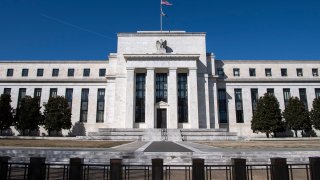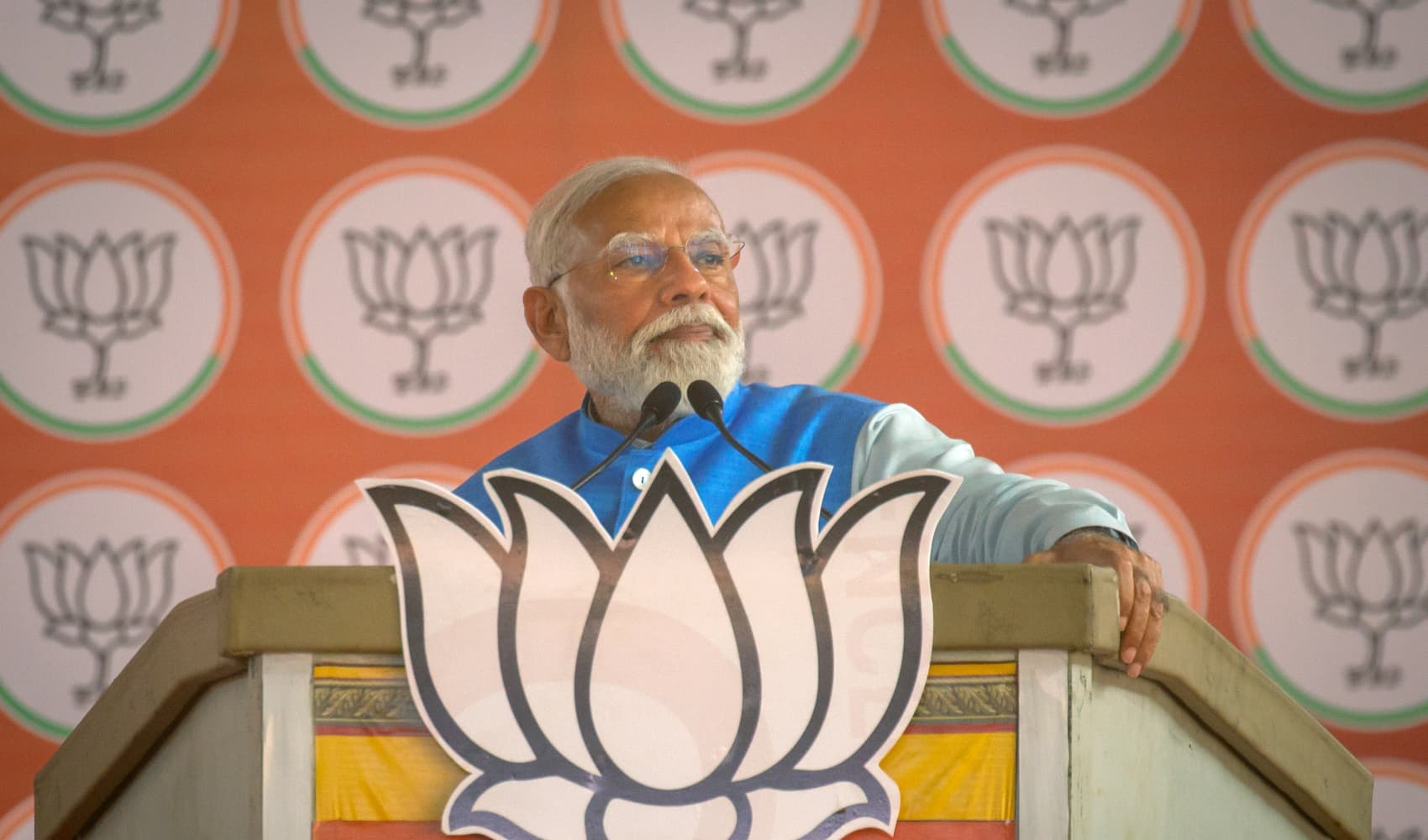
- Fed officials at their most recent meeting talked about reducing asset purchases but also expressed the need for patience.
- Some members noted the faster progress of the economic recovery though the committee overall said conditions have not met the "substantial further progress " benchmark to start tightening policy.
- The meeting summary also reiterated the Fed's view that while inflation has been rising faster than they expect, they see the current trend as transitory.
Federal Reserve officials talked tapering at their most recent meeting, but few seemed in a rush to get the process going, according to minutes released Wednesday.
The Federal Open Market Committee's June 15-16 meeting summary provided only a few new glimpses into talks about when the central bank should begin reducing the pace of its bond purchases.
Get Connecticut local news, weather forecasts and entertainment stories to your inbox. Sign up for NBC Connecticut newsletters.
Some members indicated that the economic recovery was proceeding faster than expected and was being accompanied by an outsized rise in inflation, both making the case for taking the Fed's foot off the policy pedal.
However, the prevailing mindset was that there should be no rush and markets must be well prepared for any shifts. Most members agreed, according to the minutes, that the economy had yet to meet the "substantial further progress" benchmark the Fed has set out for any significant shifts in policy.
"In coming meetings, participants agreed to continue assessing the economy's progress toward the Committee's goals and to begin to discuss their plans for adjusting the path and composition of asset purchases," the minutes stated. "In addition, participants reiterated their intention to provide notice well in advance of an announcement to reduce the pace of purchases."
Money Report
While the document noted that some officials saw tapering conditions "to be met somewhat earlier than they had anticipated," others said the FOMC "should be patient in assessing progress toward its goals and in announcing changes to its plans for asset purchases."
Markets showed little reaction, with stocks nudging higher and government bond yields lower.
"The minutes of the Fed's mid-June FOMC meeting were not as hawkish as we suspected," wrote Paul Ashworth, chief U.S. economist at Capital Economics. "In particular, there seems to be only limited support for beginning to taper the monthly asset purchases anytime soon."
At the meeting, the committee held short-term interest rates near zero but also indicated that it might be adjusting policy otherwise in the months ahead.
The Federal Reserve's policymaking group kept its benchmark rate anchored in a range between 0% and 0.25%. That was according to market expectations.
But at his post-meeting news conference, Chairman Jerome Powell indicated that committee members had held their first discussions about reducing the pace of bond purchases the central bank makes each month. As things stand now, the Fed is buying at least $80 billion of Treasurys and $40 billion of mortgage-backed securities.
In the weeks since the meeting, several officials have said they think it's time to work up a process on how those purchases will be scaled back and eventually eliminated – "tapering," in Fed parlance.
The meeting summary was expected to provide further clues about committee members' thinking on when the tapering might begin.
However, the minutes added little to the public dialogue about the pace of asset purchases, essentially indicating that officials were "talking about talking about tapering," echoing what has become a popular market idiom, but with little other progress. Some members did discuss the possibility of reducing mortgage purchases before Treasurys, but nothing was decided.
Along with keeping rates in check and not announcing any significant moves on tapering, the Fed members adjusted their projections for economic growth and inflation higher.
The prevailing sentiment, though, was that inflation pressures in place now would ease in coming months, but not before seeing a 3.4% surge this year.
Those upward projections helped Fed officials pull forward their first expectation for rate hikes into 2023, though market pricing now indicates at least one increase in 2022.
Members also discussed the recent moves in short-term financing markets, specifically repo operations where banks go to exchange high-quality collateral like Treasurys for reserves. In recent weeks, the operations have seen record demand, and Fed officials generally expressed support for a standing repo facility as a backstop to ensure the market operations proceed smoothly.
The FOMC at the meeting approved a 5 basis point increase for the interest banks pay on excess reserves as well as for overnight repo operations.
Become a smarter investor with CNBC Pro.
Get stock picks, analyst calls, exclusive interviews and access to CNBC TV.
Sign up to start a free trial today.






